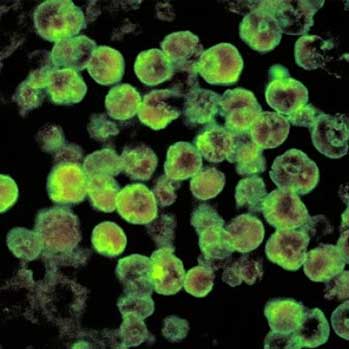N. fowleri can invade and attack the human nervous system. Although this occurs rarely, such an infection nearly always results in the death of the victim. Naegleria fowleri ( /nəˈɡlɪəriə/; also known as “the brain-eating amoeba”) is a free-living excavate form of protist typically found in warm bodies of fresh water, such as ponds, lakes, rivers, and hot springs. It is also found in soil, near warm water discharges of industrial plants, and minimally chlorinated swimming pools (there is no evidence of this organism living in ocean water) in an amoeboid or temporary flagellate stage. It belongs to a group called the Percolozoa or Heterolobosea. Although not a true amoeba, the organism is often referred to as an amoeba for convenience.
Related services
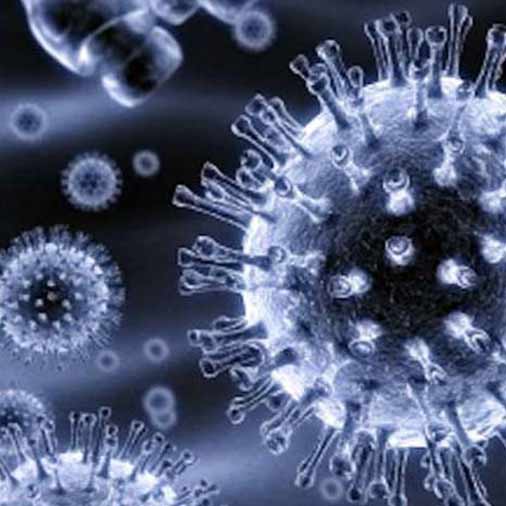
Post Polio Syndrome Frequencies – Version 3.5
The latest version of Post Polio Syndrome includes many new viruses and hundreds of updates. Always use the latest frequencies for best results.
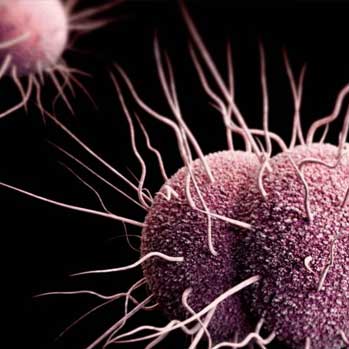
Gonnorhea – Version 2.1
Research on biofilms during the past two years has surfaced multiple strains of gonnorhea. This infection is widespread and may be latent for decades with serious consequences.
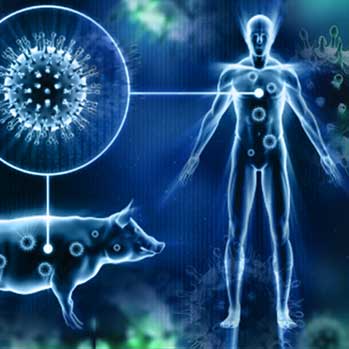
Swine Flu (2010 – 2015)
While there are few diagnoses of swine flu, I still find the swine flu viruses everywhere, particularly in public places.

Alzheimer’s Disease – Version 2.0
For some months I have been researching Alzheimer’s disease. All patients are infected with certain biofilms which may be causing the plaque buildup in the brain.
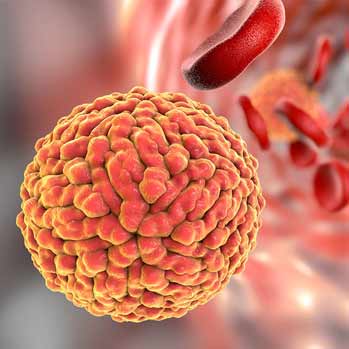
Zika Virus – Version 2.1
This release has hundreds of updates and many new viruses that are now found along with the Zika virus.
